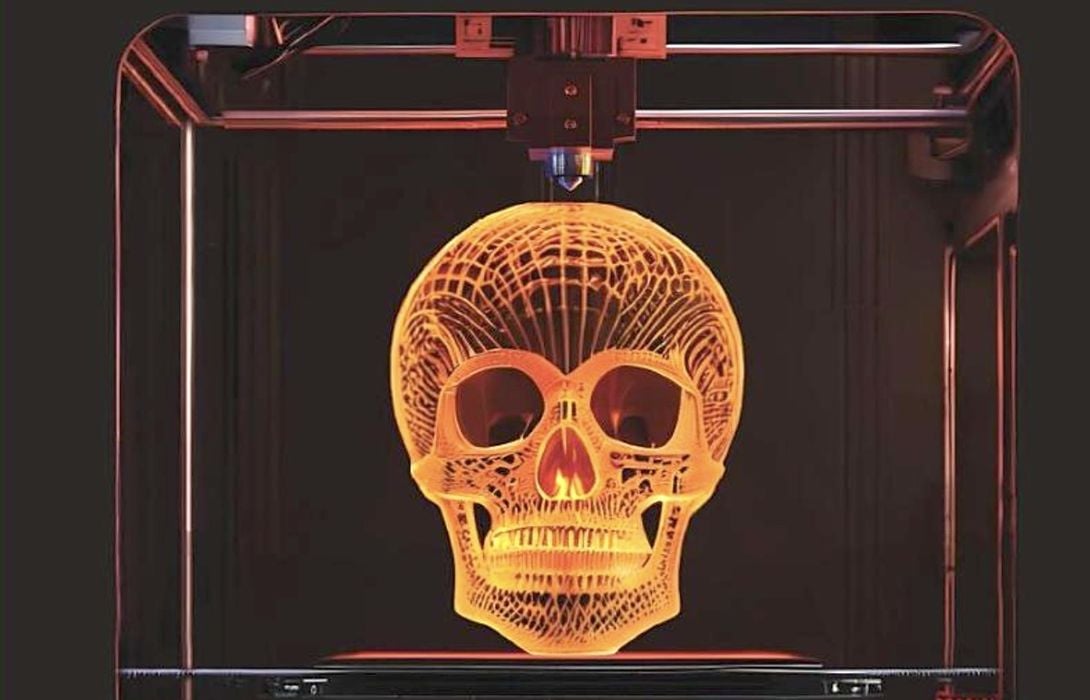
This week’s selection is “3D PRINTING The Definitive Handbook: An Essential How-To for Beginners, Hobbyists, and Innovators” by Jay Bourgeois and Daniel Rossong.
Yes, this is yet another of the countless “introduction to 3D printing” books that have flooded online book outlets. Many of them appear to be clones, AI-generated, and of questionable quality and accuracy. This one seems to be a bit different and provides a couple of twists that I haven’t seen previously in introductory books.
The idea here is that the reader is interested in getting into basic home 3D printing, but is intimated by the technology and potentially afraid of technical issues.
That’s clearly something that’s true: desktop 3D printers do tend to break — and break a lot. Today’s 3D printer operators have to be knowledgeable in not only print operations, but often in 3D printer repair.
The book attempts to overcome these barriers by presenting the entire sequence of events when one is considering getting into the technology.
Something interesting to note: the book deals ONLY with machines using the FFF 3D print process, which they incorrectly refer to as “FDM”, a Stratasys trademark. FFF is the logical and safe choice as a first 3D printer for most people due to its relative ease of operation and safety factors. Other types of 3D printers are hardly mentioned, and that’s a good thing — newbies can be overwhelmed with information and here the book focuses on the right answer.
Something I was happy to see was a section on safety right at the beginning of the book. Safety is so important, yet it seems to be often ignored by manufacturers and writers.
A large section of the book is devoted to the printer selection process. This is quite involved, as it is so easy for newbies to be distracted by statistics and not realize other factors are critically important. Software compatibility, automation and noise are among the several factors discussed for use in the selection process.
The book does not specifically discuss 3D design, as that’s for another book. However, it does discuss what to do with 3D models obtained online or designed by operator. A long section discusses all aspects of setting up a 3D print job, including support structures, infill, adhesion and much more.
There is also a section on troubleshooting, something that will inevitably be required for any 3D printer operator. The section covers the most common issues, such as jams, warping, adhesion and more.
Finally, there’s a short section explaining the considerations required when thinking about starting a business with your 3D printer. This is something many new 3D printer operators aspire to, yet there are many important considerations.
We’re an Amazon Associate and earn a small commission from qualifying purchases. Help support our 3D print news service by checking out this book!
Via Amazon
